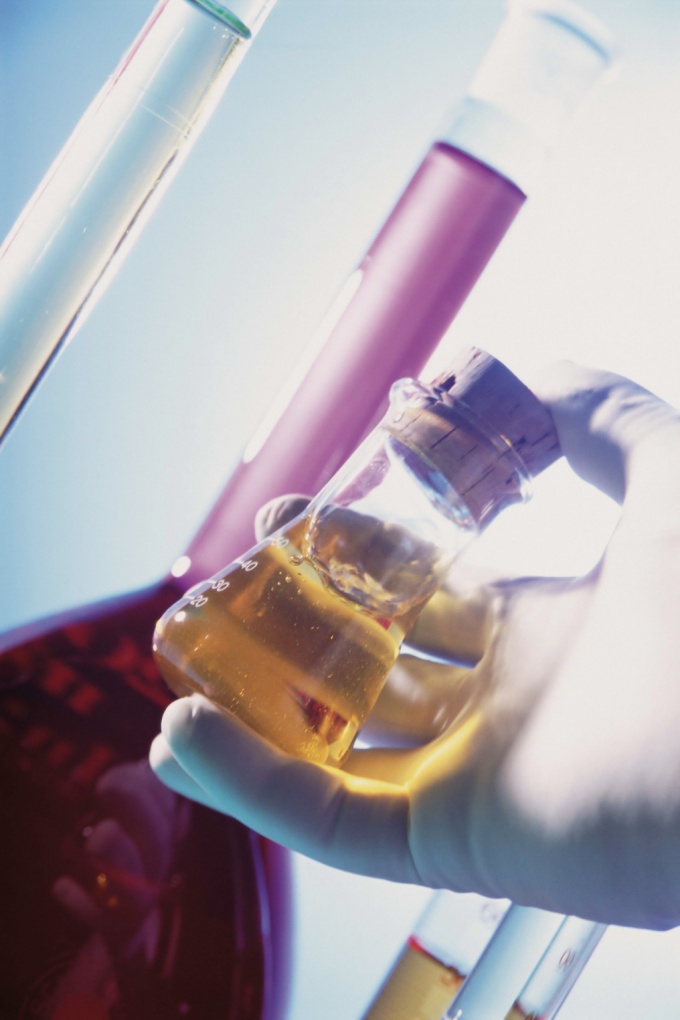Instruction
1
If you do not know the exact number of the original substances, will have to act empirically. That is, first separate the precipitate from the solution (by filtration or a conventional funnel or Buchner funnel). Then carefully dry it and weigh it on an analytical balance. So you will get a fairly accurate result.
2
Well, if you know the exact amount of substances entering into a reaction, then everything will be much easier. For example, it was initially 28.4 grams of sodium sulfate and 20.8 g of barium chloride. How many grams of the precipitate formed?
3
Write the correct chemical equation: Na2SO4 + BaCl2 = BaSO4 + 2NaCl.As a result of this reaction is formed a practically insoluble substance barium sulphate, instantly falls as a dense white precipitate.
4
Calculate which of the substances had been taken at the disadvantage, and some in excess. To do this, calculate the molar mass of the initial reagents:46 + 32 + 64 = 142 g/mol is the molar mass of sodium sulfate;
137 + 71 = 208 g/mol is the molar mass of barium chloride.That is, in reaction into a 0.2 mole of sodium sulfate and 0.1 mole of barium chloride. The sodium sulfate were taken in excess, therefore, all barium chloride has reacted.
137 + 71 = 208 g/mol is the molar mass of barium chloride.That is, in reaction into a 0.2 mole of sodium sulfate and 0.1 mole of barium chloride. The sodium sulfate were taken in excess, therefore, all barium chloride has reacted.
5
Calculate the amount of the formed precipitate. To do this, divide the molecular mass of barium sulfate on the molecular weight of barium chloride and multiply the result by the number of source substances:20,8 * 233/208 = 23.3 grams.
6
And if the sodium sulfate was negative? Suppose the reaction would not 28.4 grams of this salt, and 5 times less – only 5.68 grams. And then there is absolutely nothing complicated. 5.68 grams sodium sulfate 0.04 mole. Consequently, in the reaction with the same quantity of this salt could join to just 0.04 mole of barium chloride, that is 0,04 x 208 = 8.32 grams. Reacted only 8.32 grams from the source of 20.8 grams.
7
Multiplying this value by the ratio of the molar masses of barium sulfate and barium chloride, we get the answer: 8,32 * 233/208 = 9.32 grams of sediment.


